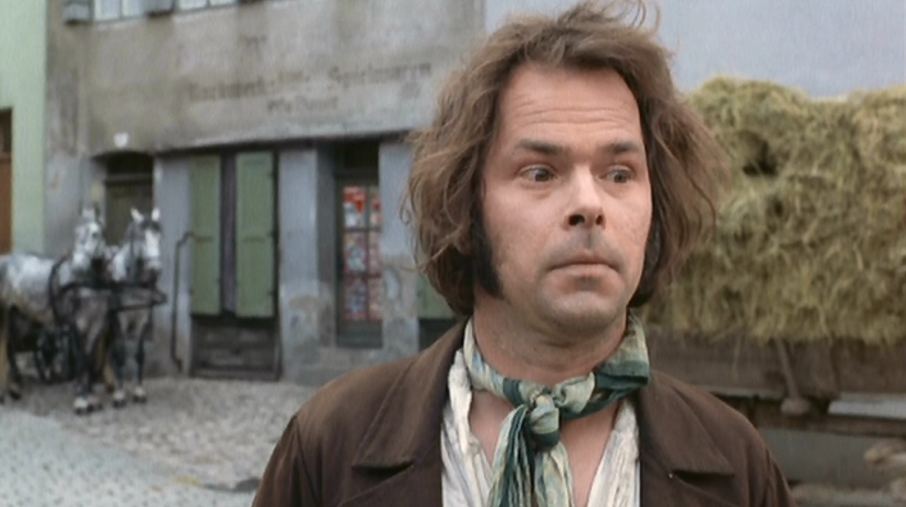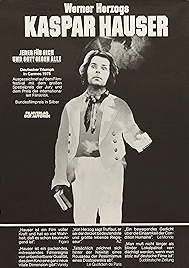A movie for every day of the year – a good one
4 November
Genie the feral child found, 1970
On this day in 1970, the child known as Genie was discovered in Los Angeles, California, USA. Aged around 13, she had spent her life tied to a child’s toilet or tied up in a crib, unable to move except her hands and feet. Brought up by a progressively blind mother in thrall to a mentally ill and violent husband, Genie had been fed on nothing but soft or baby food since birth. Genie was the fourth child born to the couple. The first two had died – one of pneumonia from being left in a garage, another from choking on his own mucus (though no one really knows). The third had been taken on by the husband’s own father, who had been concerned for the baby’s welfare. No such luck for Genie, who had spent her life in one room, in a house that was silent (no radio or TV) and with a man who would beat her if she made any sound. Genie’s mother eventually made a dash for freedom with Genie after a particularly violent argument with her husband, and the child’s condition came to light after the woman accidentally went into a social services office (she was almost entirely blind by this point and thought she was going into a disability benefits office). Genie was underweight, still had her baby teeth as well as her adult teeth, could not chew, was impervious to cold, incontinent, could not speak, stand up straight or walk properly. Because of her lack of language she became of extreme interest to scientists, who were intrigued to find a subject who could finally solve the much debated question as to whether the ability to learn language was innate or just specific to babies. Genie now lives in a facility, away from media interest, in an undisclosed area of California.
The Enigma of Kaspar Hauser (1974, dir: Werner Herzog)
Based on real events, Werner Herzog’s drama tells the story of Hauser, who in 1828 appeared in a town in Germany with a Bible in one hand and a piece of paper in the other. The paper told the story of how this poor unfortunate has spent the first 20 years of his life locked in a cellar. Kaspar cannot speak, read or write and the film is essentially about his first stumbles away from this position of ignorant certainty into the world the rest of us inhabit. Kaspar is played by an actor known only as Bruno S, a man who himself spent more than 20 years in mental institutions, though there was nothing particularly wrong with him. Telling Hauser’s story as a series of vignettes – don’t come particularly looking for plot – Herzog’s keenest interest is in what makes a human human, and of where exactly humanity sits in relation to the rest of the natural world; something we have seen repeatedly in his films, even the documentary about cave paintings (Cave of Forgotten Dreams) or the one about the guy who thought he could befriend a bear (Grizzly Man). In Kaspar Hauser Herzog is trying to position us inside the man’s head. But what sort of understanding of our world and its myriad complex interactions can a man have who has known only a cellar? Or put in Wittgenstein’s formulation – “if a lion could talk, we could not understand him”. As with Genie, Kaspar is examined by scientists, poked and prodded, one second a thing of wonder, the next an object of pity. Is the savage noble, as the fashionable ideas of Rousseau were suggesting, or just a savage? Herzog, too, wonders. But in typical Herzog style, he knows that the question itself contains its own answer. Humans are not so easily put into boxes.
Why Watch?
- Bruno S’s strange, bewildering performance
- Winner of the Palme d’Or at Cannes, 1975
- What is a human? – a question usually hijacked by politicians
- A key work for any fan of Herzog’s work
The Enigma of Kaspar Hauser – at Amazon
I am an Amazon affiliate
© Steve Morrissey 2013

